Incorporating ecological land care principles
ginger_nh
20 years ago
Related Stories
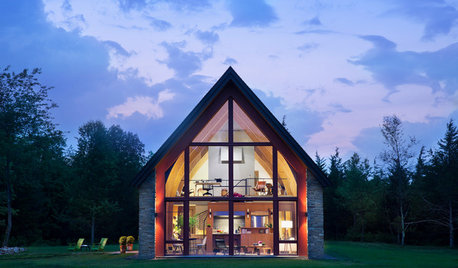
GREEN BUILDINGThe Passive House: What It Is and Why You Should Care
If you don’t understand passive design, you could be throwing money out the window
Full Story
LANDSCAPE DESIGNHow to Incorporate Your Roofing Into the Landscape
Choose hardscape and plantings that work with your roof’s color, texture, shape and line
Full Story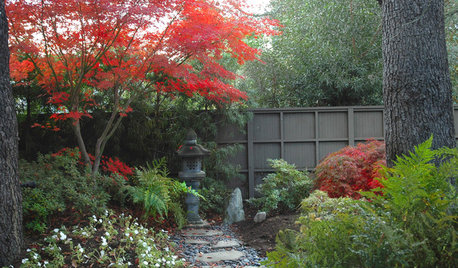
LANDSCAPE DESIGNLay of the Landscape: Create the Beauty of a Japanese Garden
Balance, enclosures and the forms of nature combine in serene Japanese garden design. Bring the look home with some of these principles
Full Story
SAVING WATERXeriscape Gardens: How to Get a Beautiful Landscape With Less Water
Conserve water and make gardening much easier with the xeriscape approach’s 7 principles
Full Story
GREEN BUILDINGHouzz Tour: See a Concrete House With a $0 Energy Bill
Passive House principles and universal design elements result in a home that’ll work efficiently for the long haul
Full Story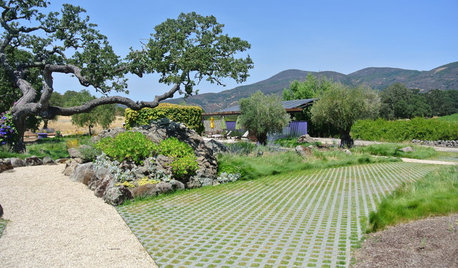
ARCHITECTUREBuilding Green: How to Plan Your Site for Healthier Living
Learn the many ways to create a more eco-friendly environment on your land
Full Story
FEEL-GOOD HOMEDesigning for Pleasure: Savor Your Natural Surroundings
Homes that allow us to experience the land, light, wind and water put us in touch with our primitive comforts
Full Story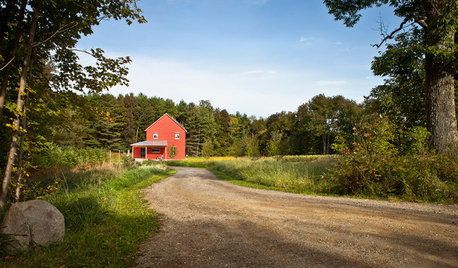
THE ART OF ARCHITECTUREFinding the Perfect Home for a New House
Sun, soil, water, topography and more offer important cues to siting your house on the land
Full Story
MODERN ARCHITECTUREHouzz Tour: Sensitive Minimalism in the Arizona Desert
Beautifully framed views and a design that sits lightly on the land make for a thoughtfully integrated modern home near Tucson
Full Story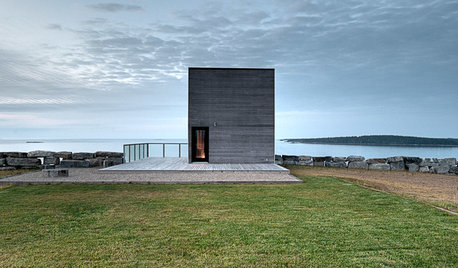
ARCHITECTUREAll the Possibilities: 4 Homes at the Edge of the Earth
Travel to the far reaches of land, where these residences straddle rocky cliffs, leafy lakeshores and choppy inlets
Full StoryMore Discussions






mjsee
The_Mohave__Kid
Related Professionals
Clark Landscape Architects & Landscape Designers · Foothill Ranch Landscape Architects & Landscape Designers · Saint Louis Park Landscape Architects & Landscape Designers · Tempe Landscape Contractors · Allentown Landscape Contractors · Canton Landscape Contractors · Lees Summit Landscape Contractors · Uxbridge Landscape Contractors · Hamden Siding & Exteriors · Merritt Island General Contractors · Mount Laurel General Contractors · Mount Vernon General Contractors · North Highlands General Contractors · North New Hyde Park General Contractors · View Park-Windsor Hills General ContractorsScottReil_GD
ScottReil_GD
AshaK
ScottReil_GD
ginger_nhOriginal Author
ScottReil_GD
Redthistle
AshaK
ScottReil_GD
mjsee
The_Mohave__Kid
Cady
ginger_nhOriginal Author
Redthistle
ginger_nhOriginal Author
mjsee
phdnc
ScottReil_GD
mjsee
mjsee
phdnc
Cady
mjsee
The_Mohave__Kid
Cady
ginger_nhOriginal Author
mjsee
ScottReil_GD
The_Mohave__Kid
venezuela
ScottReil_GD
The_Mohave__Kid
Pookiesmom
ginger_nhOriginal Author